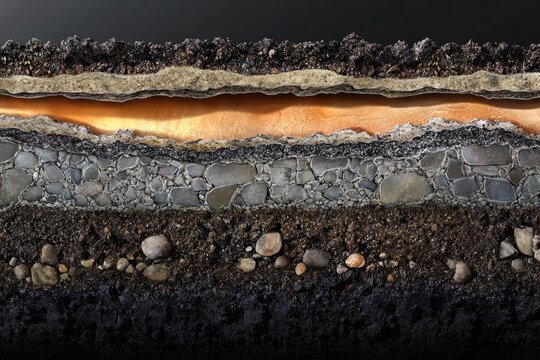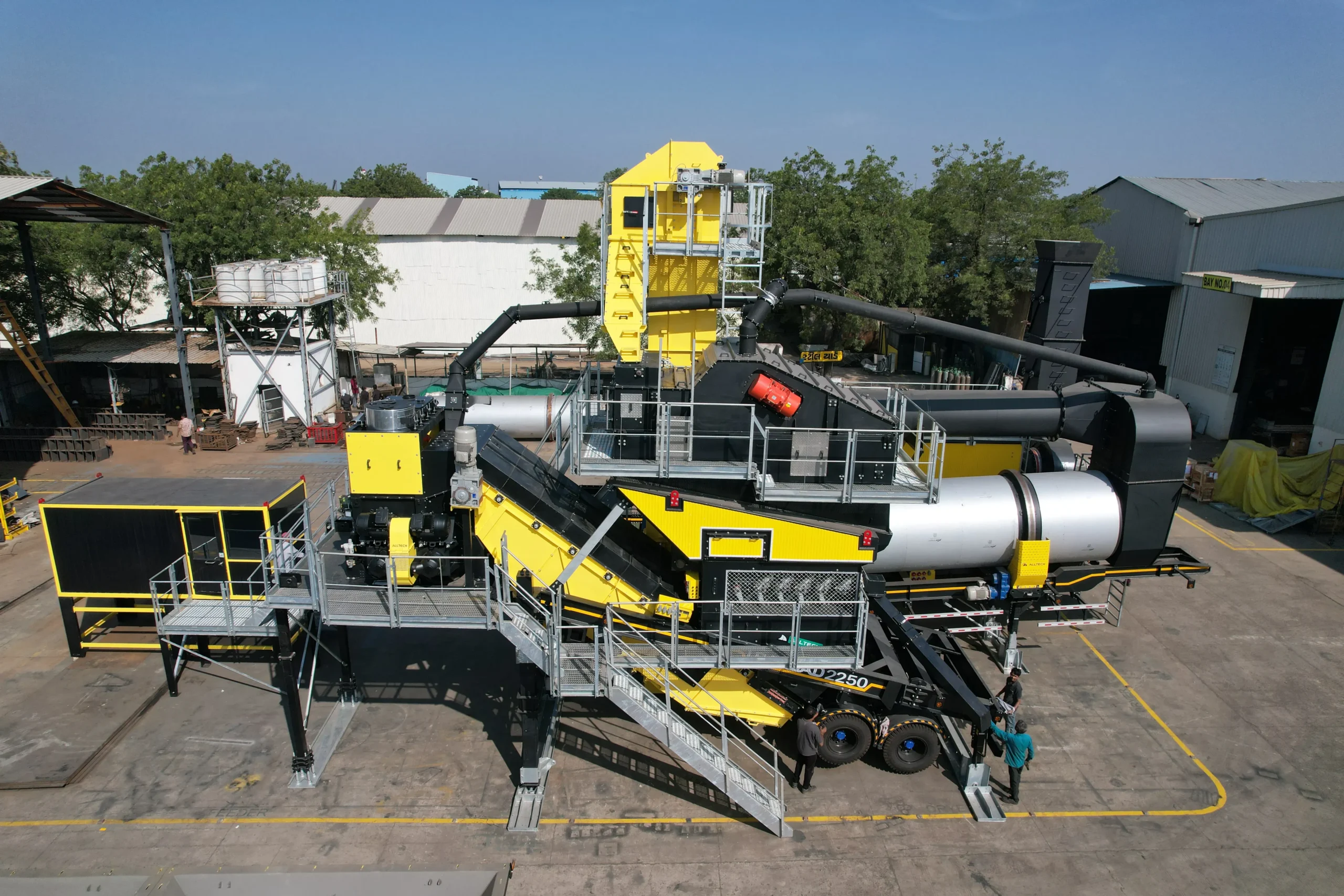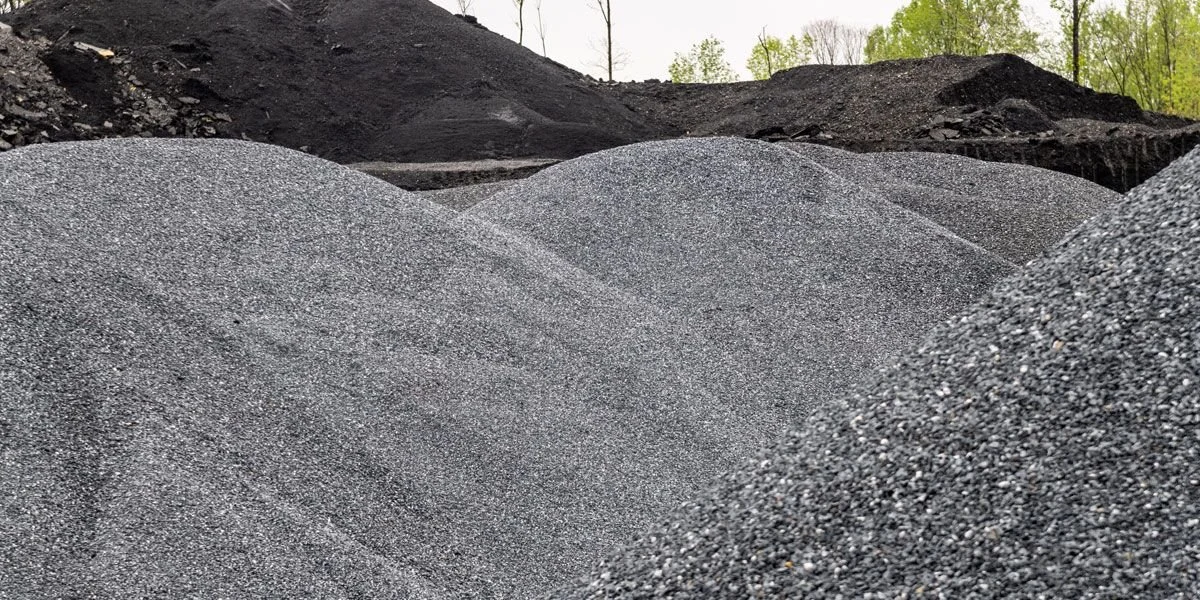
Asphalt is a fundamental material in road construction, known for its strength, durability, and versatility. However, not all asphalt is the same. Different grades used in asphalt batching plant to meet the specific structural and performance requirements of various road layers. In this article, we’ll explore these grades, their individual roles, and their importance in building strong, long-lasting roads.
1. Introduction: Why Asphalt Grades Matter
When driving on a smooth, well-built road, it’s easy to overlook the complex engineering beneath the surface. Roads are not made of a single layer of asphalt but of multiple layers, each constructed with a specific grade of asphalt mix. Each grade is tailored to fulfill unique functional demands, ranging from providing surface smoothness to bearing heavy loads.
Understanding these asphalt grades helps stakeholders—from engineers to contractors—make informed decisions for optimal road performance and durability.
2. Grade 1: Wearing Course Asphalt
Also known as the surface course, this topmost layer is the one we see and drive on. The wearing course asphalt is designed to resist abrasion from vehicle tires, UV exposure, and weather extremes. It contains fine aggregates and high-quality bitumen to create a dense, waterproof, and skid-resistant surface. Its smooth texture enhances driving comfort and safety.
Key characteristics:
- Fine aggregate mix
- High durability and surface texture
- Designed for weather and traffic resistance
3. Grade 2: Binder Course Asphalt
Beneath the wearing course lies the binder course, which forms the intermediate layer. This grade provides structural strength and flexibility to the road. It typically uses a mix of medium-to-coarse aggregates and bitumen, helping absorb stresses from the surface while bridging the gap between the top and bottom layers.
Key characteristics:
- Medium-sized aggregates
- Enhanced load distribution
- Acts as a shock-absorbing buffer
4. Grade 3: Base Course Asphalt
The base course serves as the primary load-bearing layer of the road. It is designed to handle the heavy weight of traffic and maintain the road’s structural integrity. This grade contains a higher proportion of coarse aggregates, providing a strong foundation for the upper layers.
Key characteristics:
- Coarse aggregate mix
- High load-bearing capacity
- Essential for long-term durability
5. Grade 4: Subbase Course Asphalt
At the bottom of the road pavement structure lies the subbase course. Although not always made with bitumen, when asphalt is used in this layer, it is designed to distribute traffic loads to the natural subgrade. It helps reduce differential settlement and improves the road’s overall stability.
Key characteristics:
- Often mixed with local soil or recycled aggregates
- Provides foundational support
- Stabilizes the entire pavement structure
6. Conclusion: Building Roads That Last
Each grade of asphalt plays a critical role in building roads that are safe, stable, and long-lasting. From the wearing course that ensures a smooth ride to the subbase that stabilizes the entire pavement structure, the careful selection and placement of asphalt grades in batch mix plants are essential for high-performance infrastructure.
For contractors and road authorities, understanding these distinctions ensures better project planning and execution. Engaging with experienced professionals who understand the science of asphalt layering can significantly enhance the quality and lifespan of the road.
So, the next time you enjoy a smooth drive, remember—it’s not just the surface you see, but the precision beneath it that truly makes the difference.





